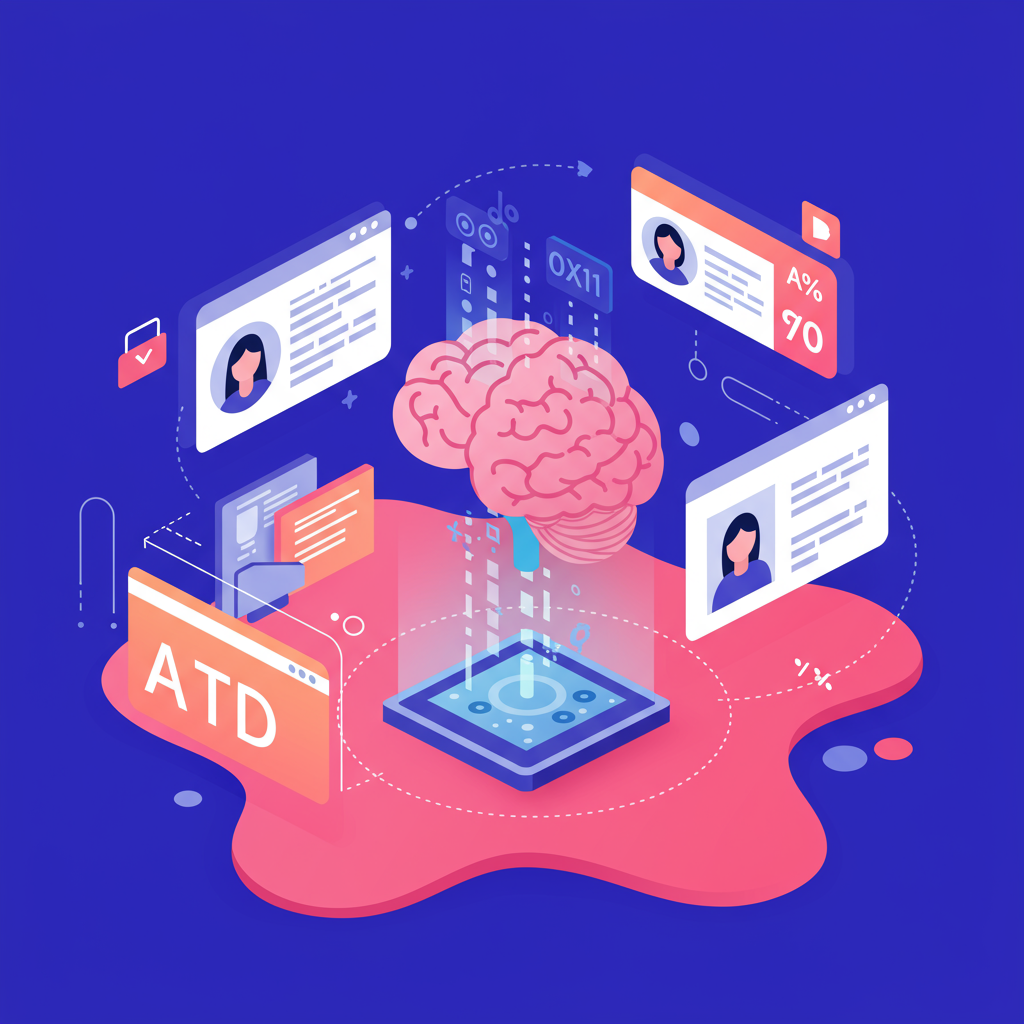Transforming Ad Spend into Profit: How I Leverage AI to Target Specific Customer Segments on Shopify
As a dropshipper, I’ve always been on the lookout for ways to make my ad spend work harder. In today’s crowded e-commerce landscape, generic advertising simply doesn’t cut it anymore.
I quickly realized that to truly stand out, I needed to connect with my potential customers on a much deeper, more personal level. This is where the power of personalization comes into play.
But how do you personalize ads for thousands of potential customers without spending countless hours manually segmenting and crafting messages? My answer, and what I want to share with you today, is Artificial Intelligence.
I’ve found that AI isn’t just a buzzword; it’s a game-changer for dropshipping, especially when it comes to crafting highly targeted ad messages for specific customer segments.
Let me walk you through how I approach this, focusing on practical steps you can implement with your Shopify store.
First, why is personalization so crucial? Think about it: we’re all bombarded with ads daily. The ones that resonate are those that feel like they’re speaking directly to us, addressing our unique needs or desires.
For dropshippers, this means moving beyond broad demographics. It means understanding the nuances of who your customers are, what they’ve browsed, what they’ve purchased, and even what they’ve abandoned in their carts.
Manually sifting through all this data to identify distinct customer segments is a monumental task, often impossible for a small team or solo entrepreneur. This is precisely where AI steps in to save the day.
AI excels at processing vast amounts of data far more efficiently than any human ever could. It can identify subtle patterns and correlations that reveal distinct customer groups you might never have noticed.
For my Shopify store, I integrate AI tools that pull data directly from my sales, customer behavior, and even my product catalog. This gives the AI a rich dataset to work with.
These tools help me segment my audience based on various factors: purchase history, browsing behavior, geographic location, device used, and even their engagement with previous ads.
For instance, AI can identify a segment of customers who frequently browse eco-friendly products but haven’t purchased yet. Or another segment that consistently buys high-ticket items.
Once these segments are identified, the real magic begins: crafting targeted messages. AI doesn’t just segment; it helps me generate ad copy and even suggest visuals that are highly relevant to each group.
Imagine showing an ad for a specific product to someone who just viewed that product on your Shopify store, complete with a personalized discount code. That’s the power I’m talking about.
I use AI-powered ad platforms that integrate seamlessly with Shopify. These platforms can dynamically generate ad copy variations, test them, and optimize based on performance for each segment.
For a segment interested in budget-friendly items, the AI might emphasize value and discounts. For another, focused on premium quality, it might highlight craftsmanship and durability.
It’s not just about text. Some advanced AI tools can even help with visual personalization, suggesting images or video snippets that have historically performed well with similar segments.
This level of precision means my ad spend is no longer a shot in the dark. Instead, it’s a series of highly targeted arrows, each aimed directly at a specific customer’s interest.
Setting this up isn’t as daunting as it sounds. My first step was ensuring my Shopify store’s analytics were robust and connected to my chosen AI marketing platform.
Then, I let the AI analyze my existing customer data. It often surprised me with segments I hadn’t considered. I then refined these or created new ones based on my business goals.
Next, I configured my ad campaigns within the AI platform, providing it with product feeds and general messaging guidelines. The AI then took over, generating and optimizing the ads.
Of course, I always monitor the performance closely. AI is powerful, but human oversight is still essential to ensure brand consistency and to make strategic adjustments.
The benefits I’ve seen are significant: higher conversion rates, a much better return on ad spend, and happier customers who feel understood. It truly elevates the customer experience.
It also helps reduce ad fatigue. Instead of seeing the same generic ad repeatedly, customers receive messages that evolve with their interests and journey.
While there’s an initial learning curve and investment in tools, the long-term gains in efficiency and profitability make it incredibly worthwhile for any serious dropshipper.
I believe that AI-powered personalization is no longer a luxury but a necessity for competitive dropshipping. It allows me to scale my marketing efforts without scaling my manual workload.
So, what do you think about this approach to personalizing dropshipping ads with AI? I’m curious to hear your thoughts and experiences.
In conclusion, embracing AI for ad personalization has been one of the most impactful decisions I’ve made for my Shopify dropshipping business. It’s about working smarter, not just harder.
I encourage you to explore the AI tools available for Shopify merchants. Start small, experiment, and watch your conversion rates climb as your ads truly resonate with your audience.






